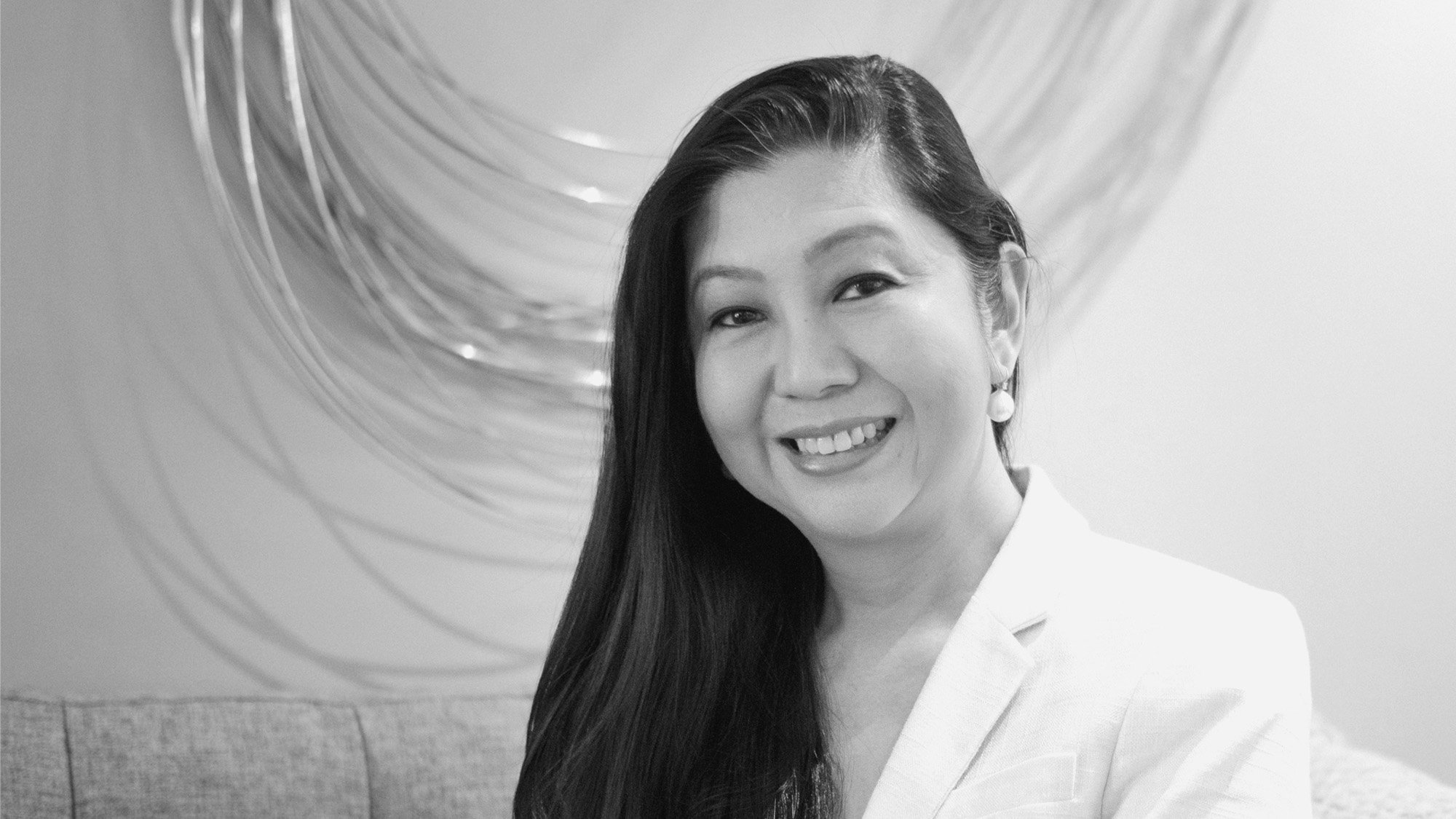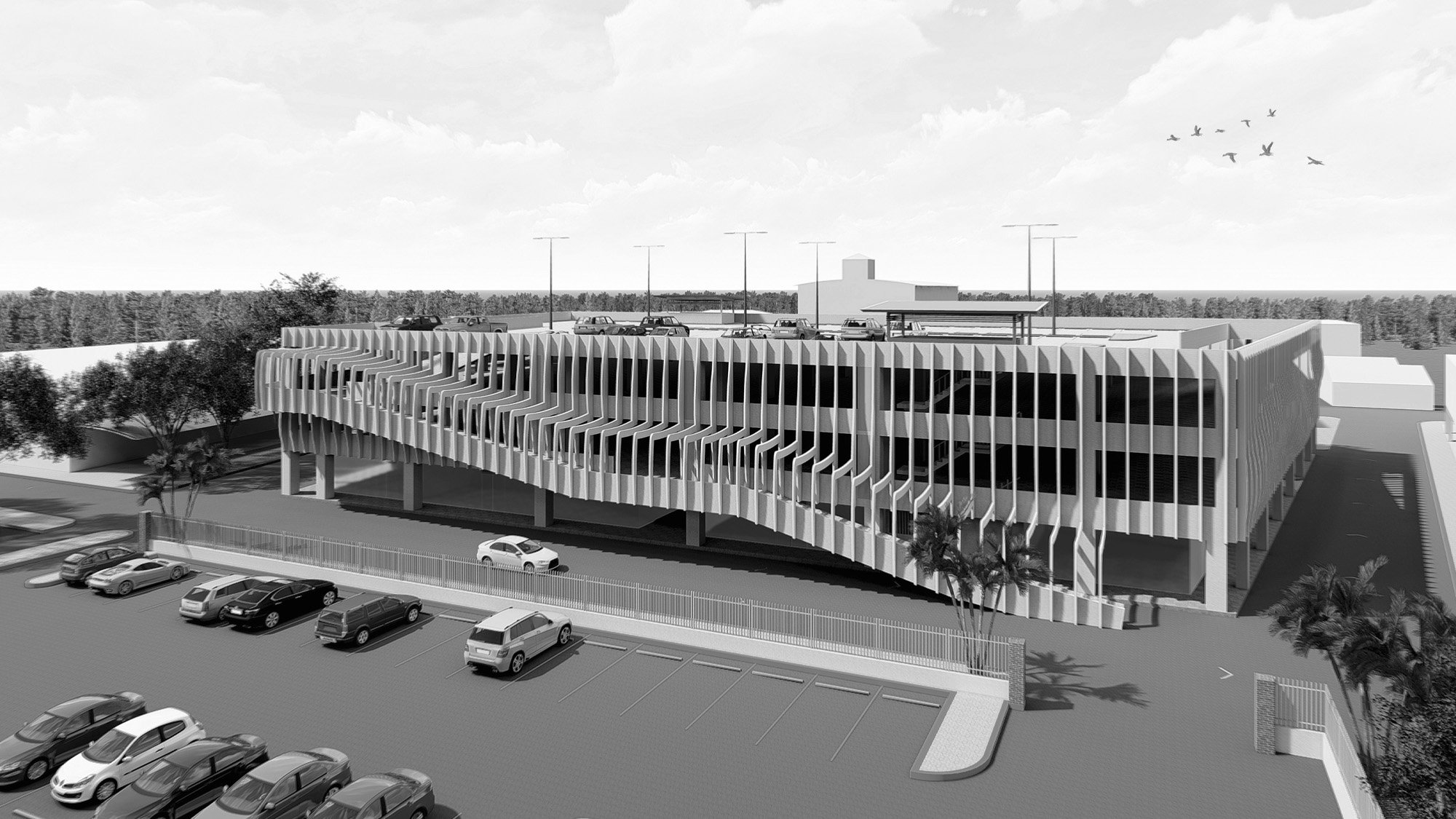The Word: Cathy Saldaña


Embracing her femininity, displaying ingenuity, and letting passion fuel her are what drives Cathy to succeed not only in her respective field but for the good of the country.
Tell us a little bit about yourself and your design expertise.
I’m Cathy Saldaña Siegel, an architect in practice since 1992. I’ve found that the [architecture] industry is about four things: experience, training, focus, and specialization. You have to be good at a couple of industry sectors, either for design, project management, construction, or being involved in the building industry.
It's all about finding your niche, knowing where your right spot is and knowing how you can deliver adequately —not just for your clients, but for the country.

What is your design philosophy? How does your philosophy relate to your work?
Our [firm’s] design philosophy is not about building our ego and imprinting ourselves into every design project that we have. Whether it be architecture or interiors or project management—it’s all about what the client wants and needs, and what the process is. It’s all about putting forth that individuality into one wish, so when you walk into each of our projects, it’s never about, “Oh, this looks like a Cathy Saldaña job.” It’s never about that. It’s all about the client and the people.
What sets you apart from other architects in the Philippines?
We mean it when we say we would like to protect the environment. From the engineering to the sewage treatment plants, to the way the water flows the discharge into the sea—we consider all of that. We don’t just look at how the beds are placed, or how the interiors are going to deliver for a magazine, or how the architecture will look great in a picture. It’s all about how it fits into the land and its environment. It’s all about embracing the earth, but not subduing it, and following the principles of sustainable design.
How did your passion for sustainable design come to be?
We saw that the Philippines is lagging in sustainable design and environmental protection; hence it became a passion for me to do something about it, and to rally other architects not just to focus on, “This is my imprint. This is my design. This is what the facade looks like.” You must also understand what lies beneath. How are your pipes? How do you take in water? How do you absorb energy? How are you contributing in terms of renewable energy designs? How are you involved with a local community? How do you keep all of that together? The answers are in good architecture with leadership. When you do that, you have a sustainable design in practice.

As a woman in a male-dominated industry, how does your perspective affect the way you undertake projects?
I think it’s all about the attention to detail and having that soft spot of leadership. However, something that my husband always reminds me of is that it’s not about gender anymore. It’s about your portfolio, your performance, your direction, and your excellence at work, especially in this country where women are very respected. Having had female presidents, women in the Senate, and core leadership roles in corporate industries and governance —we are up there already, and yet we deliver a certain sense of passion and femininity that allow our peers in the construction industry to listen to us, not begrudgingly, and follow our instructions.
Pivoting to current events, what can you say about the proposed Philippine subway system collaborating with architects? In what way do we benefit from this project?
It is refreshing that our government is finally involved in a massive design project involving transportation, and taking the expertise from a foreign design group that has long been known for transportation design. Transportation design is one of the most vital parts of urban planning, and here in our country, we are grateful to be involved, no matter the scale.
Architecture is still about people. It's about forming a space in which people can move.

How important is it to incorporate architects in designing and creating a public transportation system that is beneficial to everyone?
Architecture is still about people. It's about forming a space by which people can move. Transportation design is all about the economy of movement, whether it be an airport or a train station. We have done several airports in the Philippines, and we understand that mobility is vital, and in having architecture involved, you look at the way materials are put together, and you know how technology is utilized to make it more efficient.
What is the blueprint for this?
We're very collaborative. It's never the work of one solitary genius or just one company. We make it happen by working with other people, by taking on the expertise of others, taking on humility by knowing that this is the section that I can do, and I'm going to do my very best at it. That is the spirit of design—that everybody is utilized.
Is it feasible to have a single line from Makati?
I think it is not feasible that we go single line because our city has not been planned on a grid, it's not even radial. It's already grown so organically. If you were to create multiple lines, it would have to echo the transit system in Japan, where the loops allow other loops and intersections form nodes and vital hubs that will move to the other cities and then outward.



